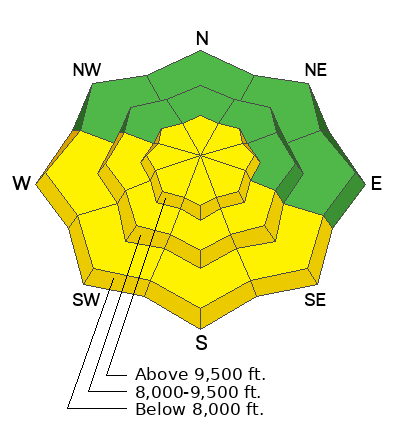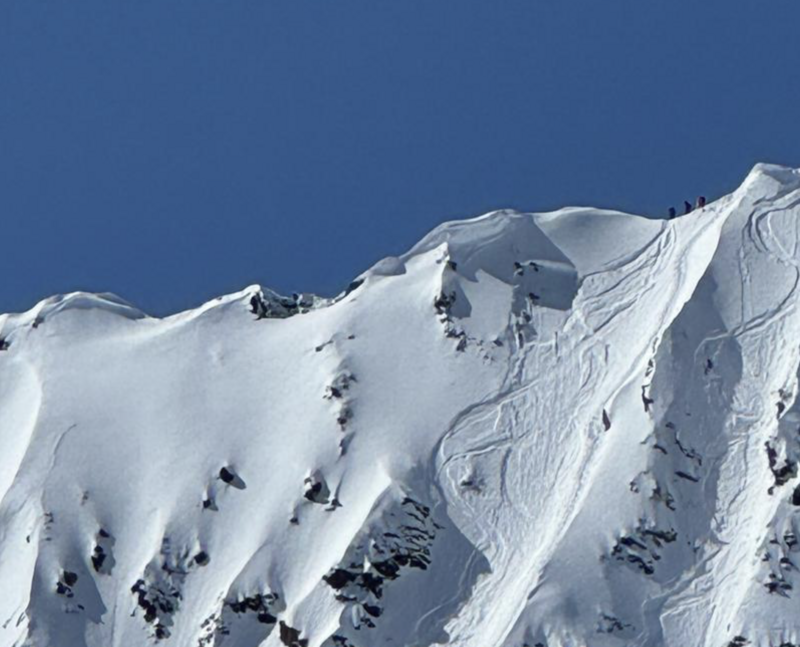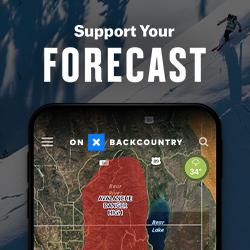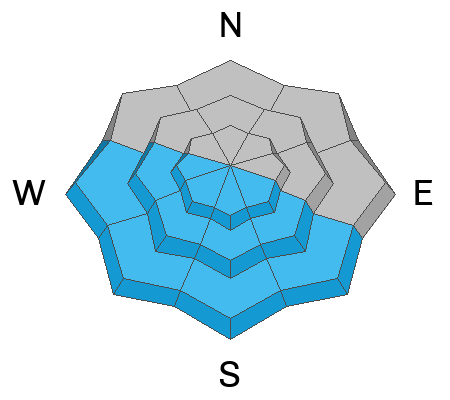Forecast for the Provo Area Mountains

Issued by Trent Meisenheimer for
Saturday, March 9, 2024
Saturday, March 9, 2024
The avalanche danger is MODERATE on all upper elevation steep slopes for fresh soft slabs of wind-drifted snow. On sunny slopes, the avalanche danger will quickly rise to MODERATE as the strong March sun heats the snow surface, eventually making it unstable. Don't overstay your welcome on steep sunlit slopes today.
Out of the wind and sun, we have generally safe avalanche conditions, and backcountry travelers should watch for unstable snow on isolated terrain features. Remember that the mountains are a wild environment, and mountain travel is inherently dangerous.

Low
Moderate
Considerable
High
Extreme
Learn how to read the forecast here






